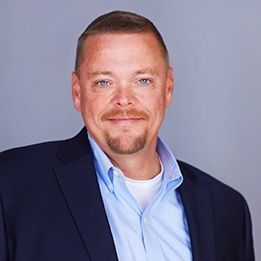Are you financially secure if you suddenly lose your source of income? According to a new Savology survey, 69% of households have less than $1,000 in liquid savings as an emergency fund.
Having an emergency savings account can help you avoid relying on credit cards or securing a loan, which can quickly lead to being deep in debt.
An emergency fund can give you confidence that you can handle unexpected events without adding money worries. Still, it can also protect you from the financial fallout of a job loss or other income loss.
Ideally, it would be best if you aimed to have enough money in emergency savings to cover three months of essential expenses. Most experts believe you should have enough money in your emergency fund to cover at least three to six months of living expenses.
In addition to making a concerted effort to save money by cutting expenses, finding the correct savings account can make a difference. Ideal savings accounts for keeping an emergency fund with easy access include:
- High-yield savings accounts. A high-yield savings account, or a high-rate savings account, can vary by minimum deposits and balances but usually pay a much higher yield on money than a regular savings account. You can withdraw or transfer money out of your account up to six times per month without paying a penalty.
- Money market accounts. Like a high-yield savings account, a money market account can earn a higher APY than a typical bank account. What makes a money market different is that you generally need a larger minimum deposit, but it comes with a debit card and check-writing capabilities.
- Certificate of deposit accounts. A certificate of deposit account can earn you an even higher rate than a high-yield savings or money market account. Still, you must keep your money over a certain period or “term” or pay a fee for early withdrawal. A solution to ensuring your money isn’t tied up for too long is implementing a CD laddering strategy. CD laddering allows investors to get higher rates with CDs but keeps funds accessible by setting up multiple CDs at staggered intervals. As each CD finishes at a set term, you can maintain a steady cash stream while earning higher rates than a regular savings account.
You can quickly build up a substantial emergency fund by making a few lifestyle changes and diligently putting money in an interest-bearing savings account. If you have any questions about what savings account may be right for you, call the experts at NASB at 800-677-6272 or visit one of our branches.




